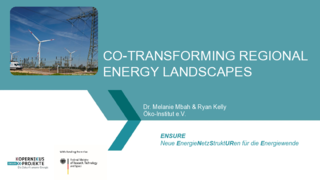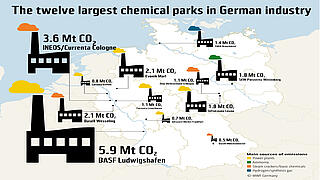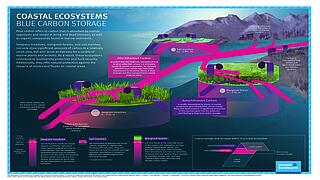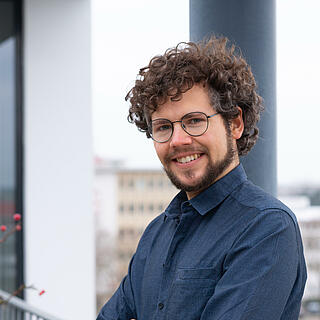The public sector procures a wide range of products and services, including the construction and maintenance of roads and public buildings, vehicles, food for schools and canteens, workwear, IT equipment and much more. If federal, regional and local authorities consider sustainability aspects when purchasing goods and services, this has an impact on climate change mitigation, environmental quality, resource conservation and fair working conditions. These authorities also serve as a role model for purchasing departments in the private sector: as major consumers, their decisions to buy environmentally friendly products and services can point the way towards more sustainability.
The Oeko-Institut supports sustainable procurement at multiple levels: for example, it is involved in formulating a clear policy framework, developing strategic procurement strategies with targets and actions for reducing environmental footprints, and assessing how actions taken have contributed to climate change mitigation and resource conservation. Its researchers develop criteria and verification procedures for equitable, eco-friendly public procurement and work with public authorities and local experts in an international context on developing product-specific environmental criteria for green public procurement.













